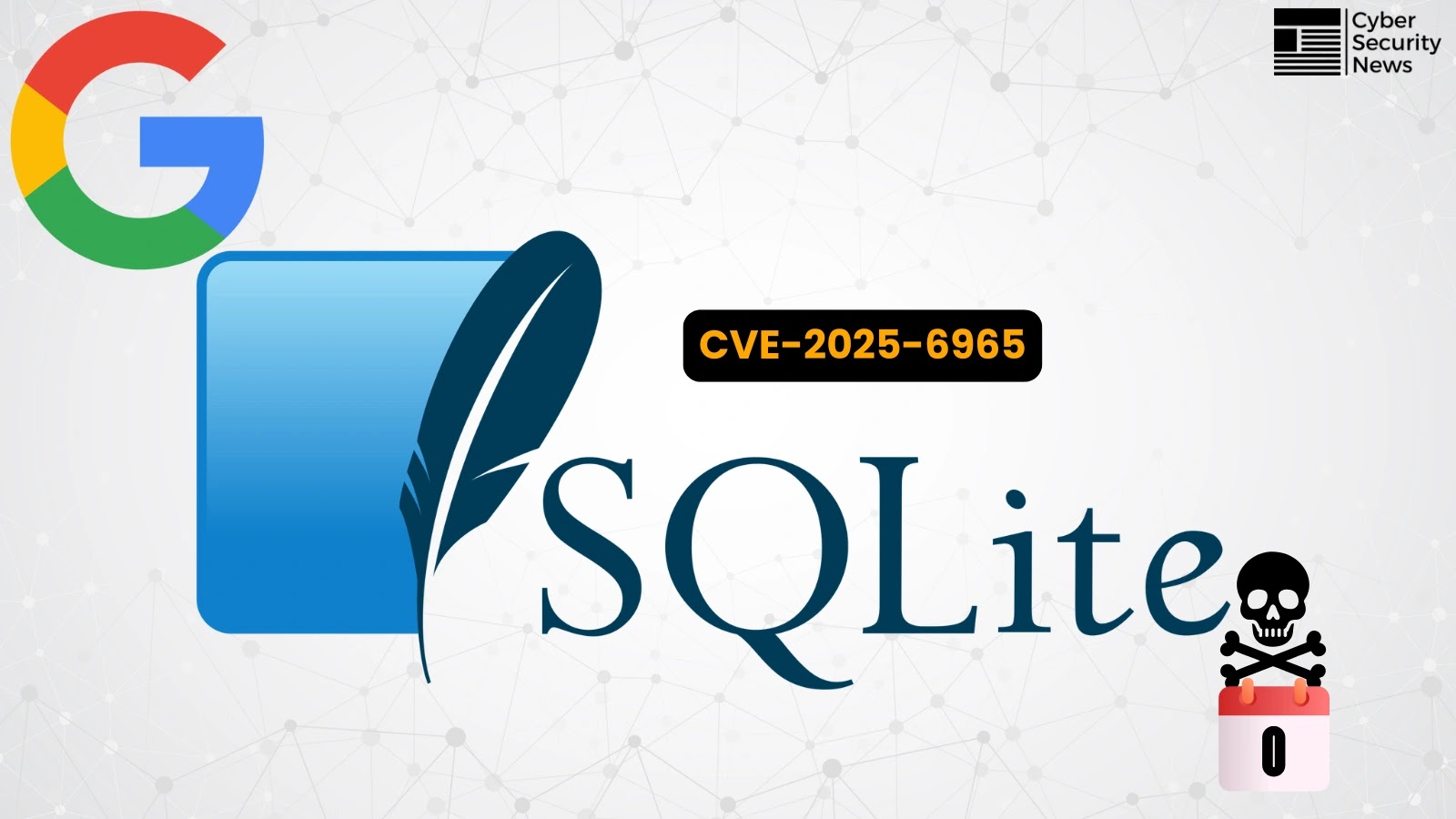
Google’s AI Tool Big Sleep Uncovered Critical SQLite 0-Day Vulnerability and Blocks Active Exploitation
The Dawn of AI-Driven Cybersecurity: Big Sleep Thwarts SQLite 0-Day Exploit
In a watershed moment for cybersecurity, Google’s revolutionary AI-powered security tool, Big Sleep, has achieved an unprecedented feat: the discovery and prevention of an active exploitation attempt targeting a critical SQLite 0-day vulnerability. This marks the first documented instance where an artificial intelligence agent has directly intervened to thwart real-world cyber threats, signaling a significant shift in defensive capabilities against sophisticated adversaries.
The implications of this breakthrough are profound. As threats become more complex and rapid, the ability of AI to identify and neutralize vulnerabilities before they cause widespread damage introduces a new paradigm in digital defense. This event demonstrates the tangible benefits of advanced AI in safeguarding our critical digital infrastructure.
An Unseen Threat: Unpacking CVE-2025-6965
The vulnerability, now officially designated CVE-2025-6965, was a severe zero-day flaw in SQLite. Crucially, this vulnerability was previously unknown to the broader security community, residing exclusively within the arsenal of threat actors for active exploitation. SQLite’s ubiquitous presence as an embedded database in countless applications, from web browsers and operating systems to mobile devices and IoT, made this a particularly dangerous discovery. An active zero-day exploit in such a foundational component posed a significant risk of widespread compromise, data exfiltration, or system disruption across a vast landscape of digital services.
The nature of zero-day vulnerabilities makes them exceptionally challenging to defend against using traditional signature-based or human-intensive methods. Their novelty means no pre-existing patches or detection rules exist, providing attackers with a significant head start. Big Sleep’s success in this scenario underscores the potential for AI to bridge this gap, detecting anomalous behavior and identifying vulnerabilities that humans or conventional systems might miss until it’s too late.
Big Sleep: Google’s AI Game Changer
Big Sleep is more than just a vulnerability scanner; it represents Google’s foray into autonomous threat intelligence and response. Leveraging advanced machine learning algorithms, deep neural networks, and vast datasets of code, network traffic, and threat intelligence, Big Sleep is designed to identify subtle anomalies and potential weaknesses at scale. Its ability to process and analyze information at speeds far exceeding human capabilities allows it to detect complex attack patterns and hitherto unknown vulnerabilities.
This particular incident showcases Big Sleep’s analytical prowess in action. By monitoring internet traffic, analyzing software behaviors, and correlating disparate data points, the AI identified the malicious activity exploiting the SQLite flaw. More impressively, it not only detected the exploit but also initiated actions to disrupt the attack, demonstrating a sophisticated level of autonomous defense.
Immediate Action: Blocking Active Exploitation
The “blocking active exploitation” aspect is critical. This wasn’t merely a post-mortem analysis or a discovery made in a lab environment. Big Sleep intervened in real-time, preventing ongoing harm. While the specific methods of intervention are proprietary to Google, such actions typically involve:
- Issuing rapid alerts to affected systems or organizations.
- Pushing out immediate mitigation rules to firewalls or intrusion prevention systems.
- Collaborating with internet service providers or other entities to block malicious traffic originating from the exploit.
- Initiating internal patch development and deployment processes for Google products affected by the vulnerability.
This proactive, dynamic response capability is what differentiates AI-powered security systems from traditional, often reactive, human-driven processes.
Remediation Actions for SQLite Users
While Google swiftly intervened to prevent widespread active exploitation of CVE-2025-6965, it is imperative that all users and developers of applications utilizing SQLite take immediate steps to mitigate any lingering risks. As patches become available, prompt application is critical.
- Update SQLite: Ensure all applications and systems using SQLite are updated to the latest stable version as soon as a patch for CVE-2025-6965 is officially released. Keep a close watch on official SQLite announcements and your software vendors’ security advisories.
- Software Vendor Patching: If you use third-party software that embeds SQLite, prioritize installing updates from those vendors. Many applications bundle SQLite, meaning you rely on the software provider to push the fix.
- Software Bill of Materials (SBOM): Maintain an accurate SBOM for all your applications to quickly identify instances where SQLite is used, enabling rapid assessment and patching.
- Input Validation and Sanitization: While not a direct fix for the vulnerability, consistently implementing robust input validation and sanitization practices can reduce the attack surface for many types of injection-based vulnerabilities in applications interacting with databases.
- Least Privilege: Ensure that applications and users connecting to SQLite databases operate with the absolute minimum necessary privileges.
- Network Segmentation and Monitoring: Isolate critical applications and databases using network segmentation. Implement continuous monitoring for unusual database activity or outbound connections.
Tools for Vulnerability Management and Detection
Leveraging appropriate tools is crucial for identifying, managing, and mitigating vulnerabilities within your infrastructure.
| Tool Name | Purpose | Link |
|---|---|---|
| OWASP Dependency-Check | Identifies known vulnerabilities in project dependencies (including SQLite). | https://owasp.org/www-project-dependency-check/ |
| Trivy | Comprehensive scanner for vulnerabilities in OS packages, application dependencies, IaC, and more. | https://aquasec.com/products/trivy/ |
| Clair | Open-source project for the static analysis of vulnerabilities in application containers. | https://github.com/quay/clair |
| Snyk | Developer security platform that integrated into development workflows to find and fix vulnerabilities. | https://snyk.io/ |
The Future is Autonomous: Implications for Cybersecurity
Google’s Big Sleep has not just discovered a critical vulnerability; it has unveiled a new era in cybersecurity. The successful autonomous intervention against an active zero-day exploit demonstrates that AI is no longer a theoretical aid but a direct participant in defensive operations.
This event underscores several key takeaways: the increasing sophistication of threat actors, the foundational role of widely used components like SQLite, and the burgeoning capability of artificial intelligence to proactively defend against previously unknown threats. As we move forward, AI will undoubtedly play an expanding role in threat intelligence, vulnerability management, and real-time incident response, fundamentally reshaping how organizations approach their digital defenses.





